1. The Fall of the Berlin Wall in The Lives of Others (2006)
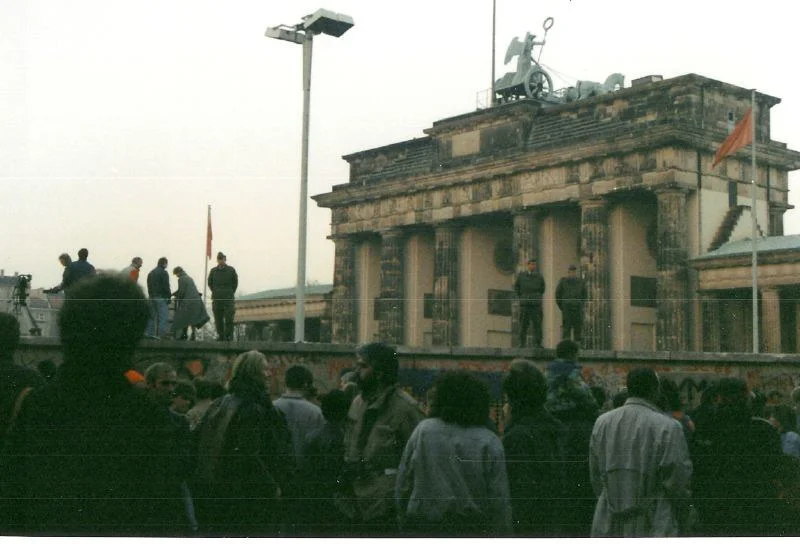
While The Lives of Others was released well after the ’80s, it beautifully captured the dramatic shift that the fall of the Berlin Wall represented. The film transports viewers to East Germany during the era of intense surveillance and political control, highlighting the oppressive atmosphere that led to the eventual collapse of the Wall. It’s an artful portrayal of how the country’s divide was felt by ordinary citizens and the ones who held power.
Watching this event through the lens of a character who starts off as a member of the surveillance state is gripping. The film’s quiet moments and intense emotional depth make the Wall’s fall all the more powerful, a reminder of how movies can preserve the spirit of historical events for future generations.
2. The Challenger Disaster in The Right Stuff (1983)
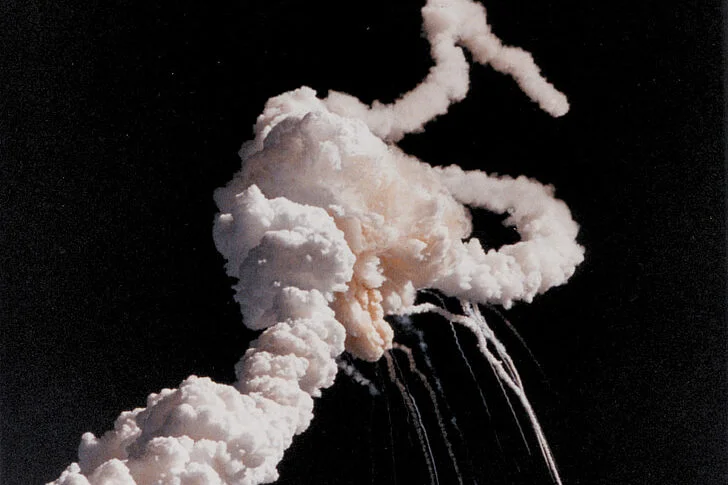
The tragic loss of the Challenger space shuttle in 1986 looms large in the memories of many, but its precursor, the story of NASA’s early space programs, was captured in The Right Stuff just a few years before. This film, while focusing on the first manned flights, laid the groundwork for the later disaster by highlighting the high-stakes atmosphere surrounding American space exploration. The space race, with its triumphs and tragedies, created a backdrop of tension that would only escalate by the time of the Challenger’s fateful launch.
The intense and sometimes contradictory personalities of the astronauts are portrayed with energy, bringing the thrills and risks of spaceflight into sharp focus. This portrayal of the space program is a poignant reminder of both the human drive for exploration and the deep, often costly, price of innovation.
3. The AIDS Crisis in Longtime Companion (1989)
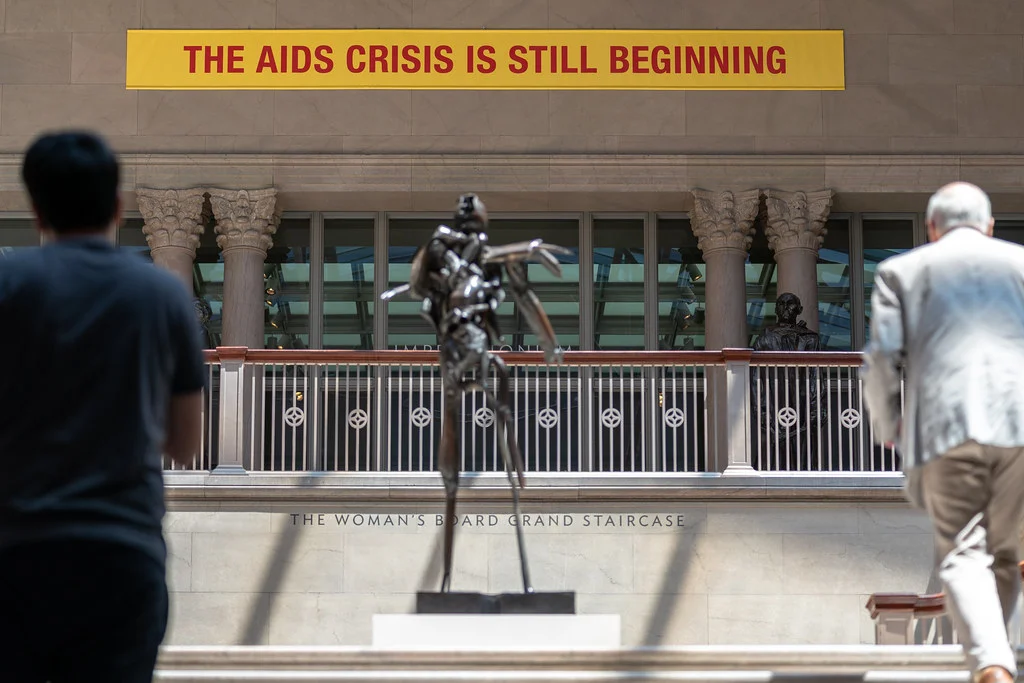
As the AIDS epidemic became a public health crisis in the ’80s, films began to take on the task of documenting the devastating toll it took, especially on the LGBTQ+ community. Longtime Companion stands out as one of the first mainstream films to directly address the crisis, following a group of friends as they navigated their lives amidst the growing fear and prejudice surrounding the disease. The film charts their emotional struggles, triumphs, and the heartbreaking losses of those affected.
What makes this film so powerful is its intimate portrayal of friendship and love amidst the shadows of fear and discrimination. It humanizes the epidemic and portrays how society’s lack of understanding created additional struggles, all while leaving a legacy of resilience within a community that was, at the time, largely ignored.
4. The Stock Market Crash in Wall Street (1987)
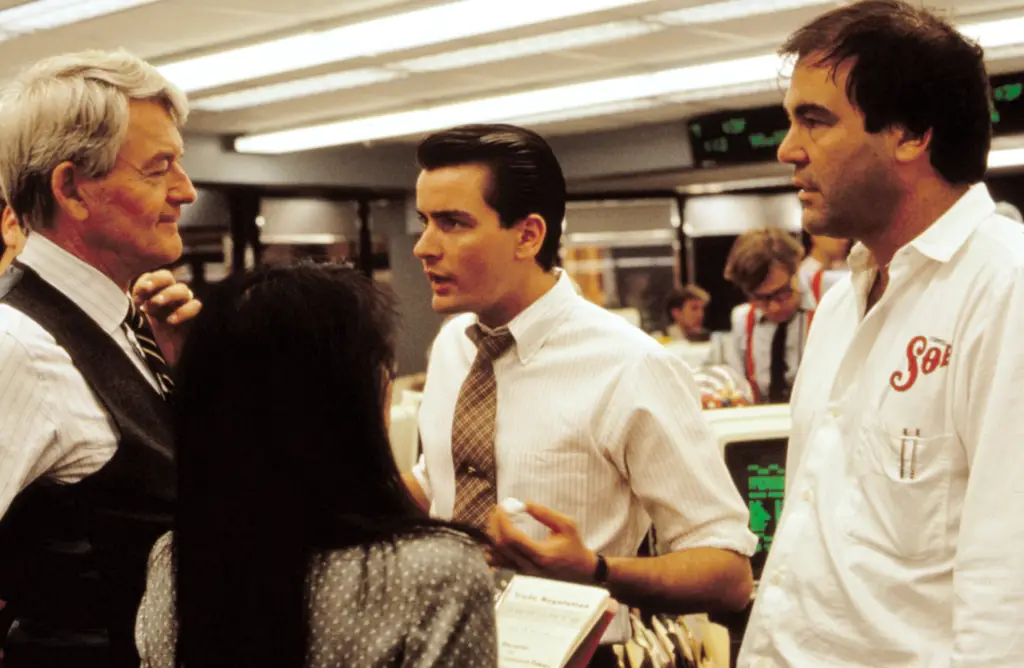
Oliver Stone’s Wall Street encapsulated the greed-fueled culture that led to the 1987 stock market crash. While the film focuses on the world of high finance, it also reflects the unsustainable, cutthroat attitude that defined Wall Street during the decade. Gordon Gekko’s famous mantra, “Greed is good,” became the embodiment of the excesses of the era, offering a snapshot of an economic system spiraling out of control.
The way Wall Street captured the fast-paced, high-stakes environment of the financial world was both a critique and a reflection of the time. The crash that followed wasn’t just a financial disaster but a wake-up call that exposed the fragility of such a volatile system.
5. The Rise of the Reagan Era in The Untouchables (1987)
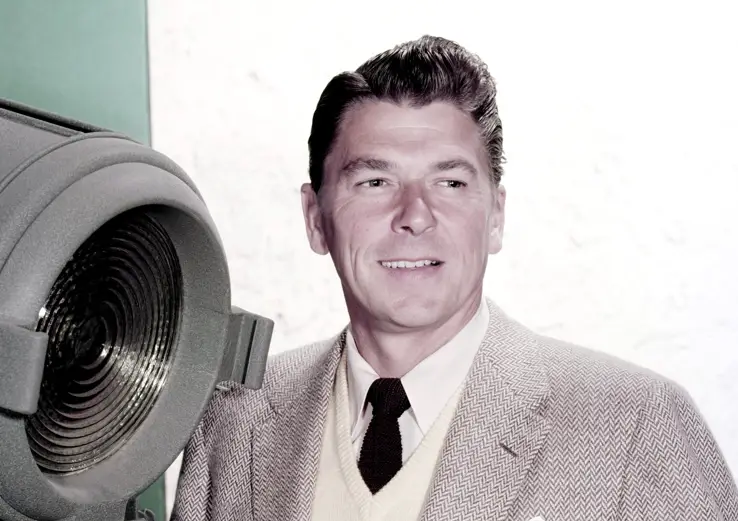
The 1980s saw a return to conservatism under President Ronald Reagan, and one of the best cinematic captures of this era is in The Untouchables. The film, based on real events, focuses on the battle between the FBI and organized crime, particularly the fight to bring down Al Capone during Prohibition. Reagan’s tough-on-crime stance and his larger-than-life personality are reflected in the dogged, often brutal approach of the law enforcement characters.
While the film is set in the 1920s, its message about moral fortitude and the war against corruption echoes the political atmosphere of the ’80s. It reflects the growing influence of law-and-order rhetoric that defined much of Reagan’s presidency, connecting the past and present through themes of justice and national pride.
6. The ’80s Anti-Nuclear Movement in The Day After (1983)
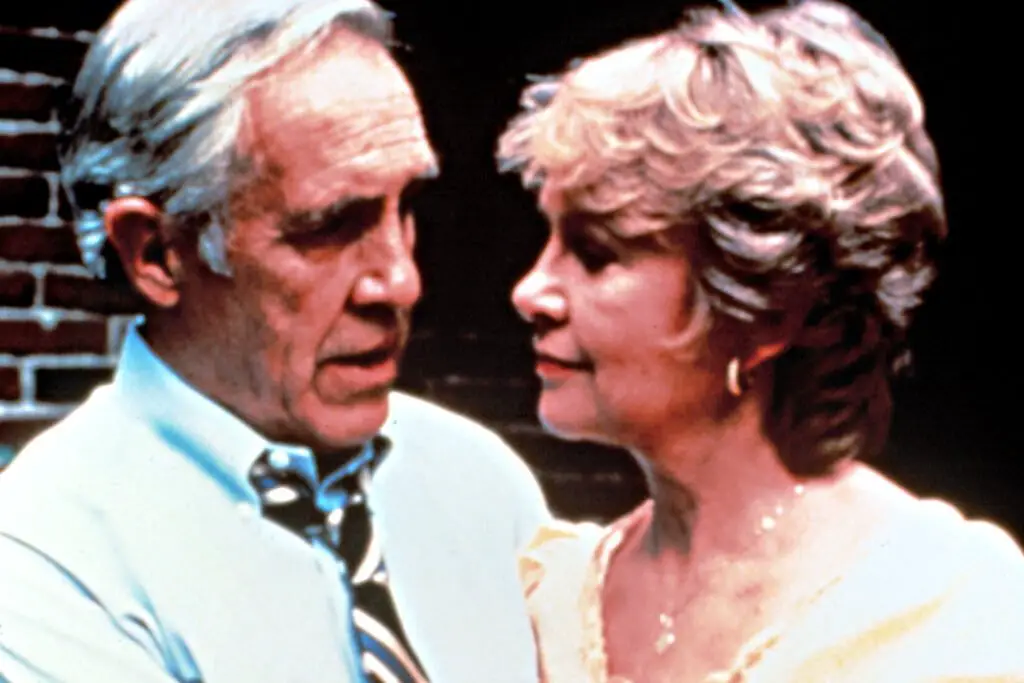
The fear of nuclear war reached a fever pitch during the ’80s, especially with the tensions of the Cold War looming. The Day After served as a stark portrayal of what life could be like after a nuclear attack on the United States. Its powerful, graphic scenes of destruction and the emotional aftermath of such an event were haunting and deeply resonated with viewers at the time. The film depicted how quickly the world could spiral into chaos, a fear that felt particularly palpable during the arms race.
What set The Day After apart was its ability to bring the terror of nuclear war into the living rooms of ordinary people, making the threat tangible and real. The film helped amplify the voices of those calling for disarmament and highlighted the emotional and social toll such a catastrophe could have on American society.


